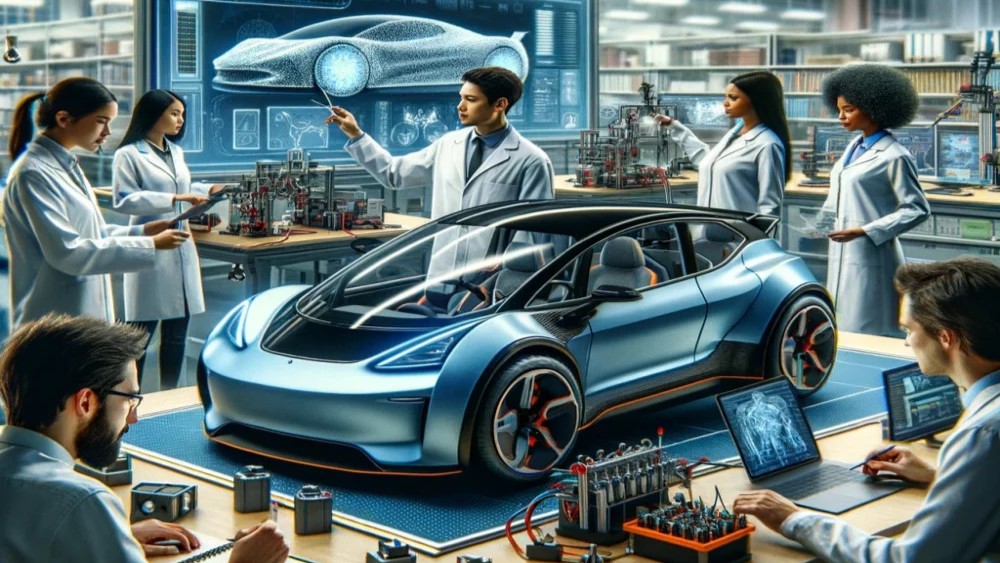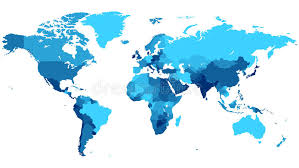Hong Kong — China has unveiled a sweeping plan to tighten its grip on the export of critical technologies used in the production of electric vehicle (EV) components. The move, announced by the Ministry of Commerce on Thursday, marks a decisive escalation in the ongoing technology rivalry with the United States. This announcement, coming just weeks before the inauguration of U.S. President-elect Donald Trump, underscores the intersection of technological innovation and geopolitical strategy in shaping the future of global industries.
The proposed restrictions focus on expanding China’s list of controlled exports to include technologies associated with battery cathode production. These additions build upon existing regulations targeting the extraction and processing of key minerals such as lithium and gallium. Both materials are indispensable for the manufacturing of EV batteries and semiconductors, sectors central to the global shift toward renewable energy and advanced technologies. Officials in Beijing have described the measures as part of a broader initiative to “strengthen technology import and export management,” emphasizing their importance for national security and economic resilience.
Lithium, a critical resource in the production of rechargeable batteries, has emerged as a cornerstone of the global push toward sustainability. The metal’s strategic value is amplified by the rapid growth in demand for electric vehicles, which require significantly more lithium per unit than traditional consumer electronics. Industry estimates suggest that an average EV battery contains approximately eight kilograms of lithium, highlighting the material’s pivotal role in enabling the transition to green mobility.
China’s dominance in lithium processing is a key factor driving its latest policy initiative. Adam Webb, an industry expert at Benchmark Mineral Intelligence, pointed out that the proposed export restrictions are designed to preserve China’s commanding 70% share of the global lithium market. “This move secures domestic supply chains and reinforces China’s competitive advantage in EV battery production,” Webb stated. Such measures align with Beijing’s broader strategy of ensuring self-reliance in critical technological sectors while countering external pressures from rival nations.
Gallium, another focus of China’s export controls, is a metal essential for producing high-performance semiconductors used in advanced communication systems and radar technologies. By restricting the export of technologies related to gallium processing, Beijing is asserting greater control over supply chains integral to global semiconductor production. This approach complements earlier bans on the export of materials like germanium and antimony, which were introduced in response to U.S. efforts to limit China’s access to cutting-edge semiconductor technologies.
The implications of these policies are far-reaching. A 2023 report by McKinsey projected a staggering increase in global demand for lithium-ion batteries, with production needs expected to rise from 700 gigawatt-hours in 2022 to 4,700 gigawatt-hours by 2030. As nations ramp up efforts to adopt electric vehicles and renewable energy solutions, access to critical materials like lithium and gallium has become a strategic priority for governments and corporations alike. China’s export restrictions, therefore, carry the potential to disrupt supply chains and reshape the dynamics of international trade.
In a parallel development, China’s Ministry of Commerce announced on Thursday the addition of 28 U.S. entities to its export control list. Among the targeted firms are major defense contractors Lockheed Martin and Raytheon Missiles & Defense. This move, modeled after the U.S. Commerce Department’s “Entity List,” represents Beijing’s latest effort to counteract U.S. trade restrictions and assert its influence in global technology markets.
These developments illustrate the high stakes involved in the ongoing Sino-American competition for technological supremacy. By consolidating its control over key resources and technologies, China is positioning itself as a central player in the global transition to green energy and digital infrastructure. While the immediate effects of these policies will reverberate across industries dependent on Chinese exports, their broader implications are likely to redefine the balance of power in the international technology landscape.






